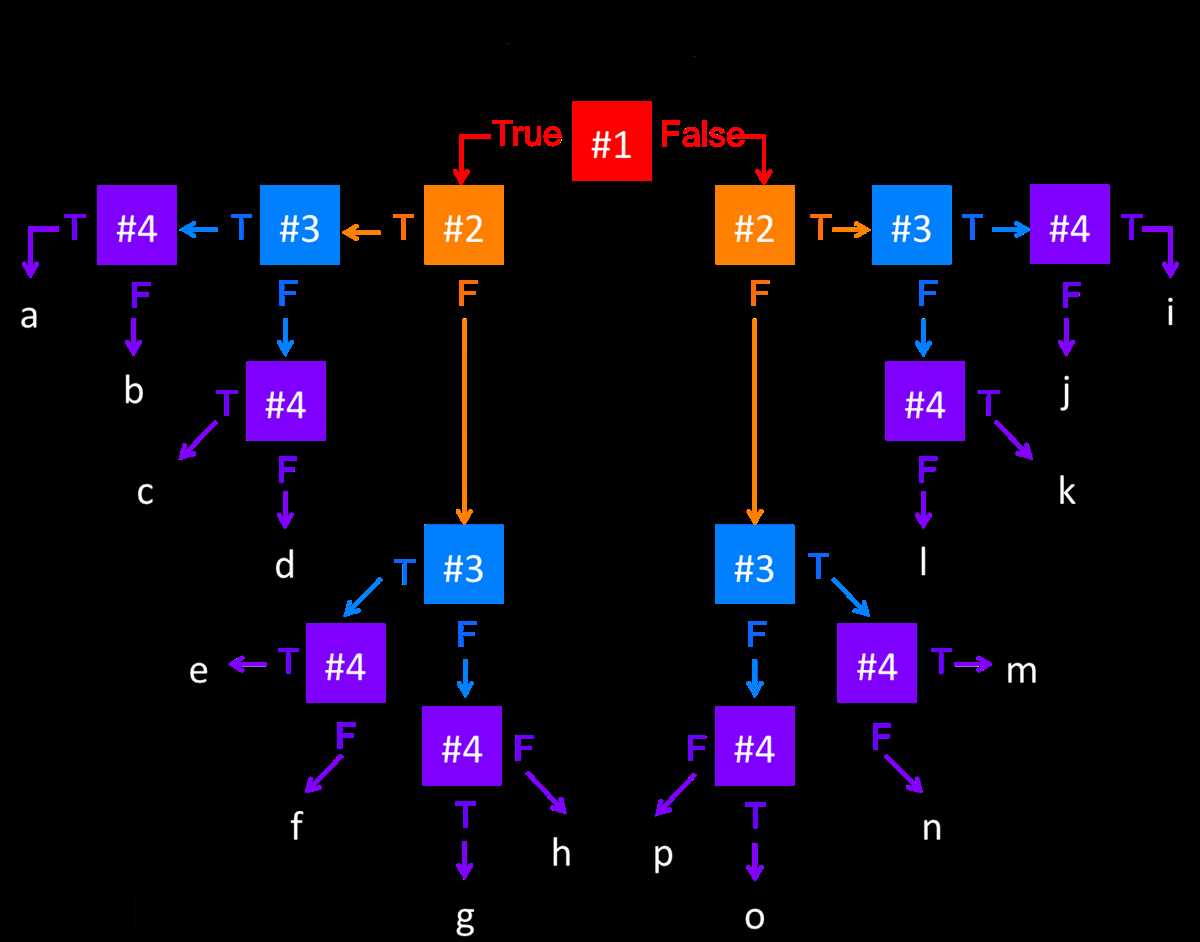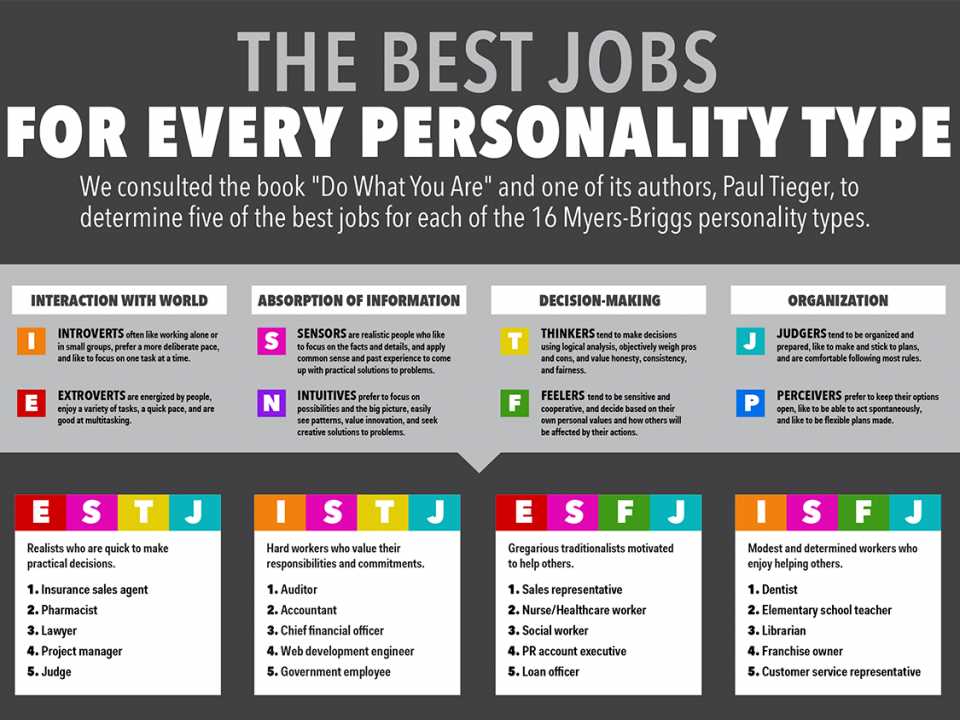
The Firo-B (Fundamental Interpersonal Relations Orientation-Behavior) test is a widely-used assessment tool that provides insights into an individual’s interpersonal needs and behaviors. Developed by William Schutz in the 1950s, it offers a comprehensive understanding of how a person interacts with others, communicates, and approaches relationships.
The Firo-B test measures three fundamental interpersonal needs: inclusion, control, and affection. These needs form the basis of human interaction and are essential for maintaining healthy relationships. Inclusion refers to the need to establish connections with others, control is the need to influence or direct others, and affection is the need for emotional closeness and warmth.
By understanding an individual’s interpersonal needs and behaviors, the Firo-B test can provide valuable insights into their communication style, leadership abilities, and overall interpersonal effectiveness. It can be used in a variety of settings, including personal development, team building, and conflict resolution, to enhance self-awareness and improve interpersonal relationships.
Understanding the Firo-B Test and Its Purpose

The Firo-B test is a widely used personality assessment tool that provides insight into an individual’s interpersonal needs and behaviors. Developed by psychologist Will Schutz, the test measures three basic dimensions of interpersonal behavior: inclusion, control, and affection. By understanding these dimensions, individuals can gain a deeper understanding of their own preferences and how they interact with others.
Inclusion refers to an individual’s need to establish and maintain social connections. This dimension measures the extent to which a person wants to be included in social activities, organizations, and groups. It provides insight into a person’s preference for either being alone or being part of a larger social network.
Control relates to an individual’s need to influence and make decisions within their social or work environment. This dimension measures the extent to which a person wants to assert authority and control over others or, conversely, desires to be guided and directed by others. It sheds light on a person’s preferred level of autonomy and perceived ability to influence their surroundings.
Affection reflects an individual’s need for warmth, closeness, and emotional connection in relationships. This dimension measures the extent to which a person wants to express and receive affection from others. It provides insight into a person’s comfort level with emotional intimacy and their desire for nurturing and supportive relationships.
The purpose of the Firo-B test is to help individuals gain self-awareness and improve their interpersonal relationships. By understanding their own interpersonal needs and behaviors, individuals can develop a greater sense of self and make conscious choices that align with their preferences. The test can also be used in a professional context to improve team dynamics and communication by identifying potential conflicts or areas of compatibility among team members.
Key concepts in the Firo-B test
The Firo-B test, or Fundamental Interpersonal Relations Orientation-Behavior test, is a psychometric tool widely used to assess an individual’s interpersonal behavior and relationships. Developed by William Schutz in the 1950s, the test is based on a theory that focuses on three key dimensions of interpersonal behavior: inclusion, control, and affection.
Inclusion: In the context of the Firo-B test, inclusion refers to the extent to which an individual feels accepted and included in social groups. This dimension assesses one’s need for belonging and involvement in social activities. It measures the degree to which a person wants to be part of a group and be recognized as a member.
Control: Control, in the Firo-B test, refers to the extent to which an individual desires to exert influence over others and have control over their own lives. This dimension assesses one’s need to influence and direct others, as well as the need to be autonomous and independent. It measures the degree to which a person wants to be in charge and make decisions.
Affection: Affection, in the Firo-B test, refers to the extent to which an individual desires emotional closeness and intimacy with others. This dimension assesses one’s need for warm and supportive relationships. It measures the degree to which a person wants to be emotionally connected and have deep personal connections with others.
The Firo-B test provides individuals with a self-report questionnaire that assesses their preferences and behaviors in these three dimensions. The results help individuals gain a better understanding of their interpersonal needs, as well as how they may interact with others in social and professional settings. By identifying their interpersonal behavior patterns, individuals can develop self-awareness and make adjustments to improve their relationships and overall satisfaction in social interactions.
The importance of inclusion in the Firo-B test
Inclusion plays a crucial role in the Firo-B test as it allows individuals to understand their interpersonal needs and behaviors within a group setting. The Firo-B test, based on the Fundamental Interpersonal Relations Orientation theory, helps individuals gain insights into their relational needs for inclusion, control, and affection.
By including questions and scenarios that focus on inclusivity, the Firo-B test enables individuals to reflect on how they approach social interactions, and how they respond to different levels of inclusion within a group. This can be particularly valuable in work or team settings, where collaboration and effective communication are essential for success.
One of the key benefits of assessing inclusion in the Firo-B test is the opportunity it provides for self-awareness and personal growth. By recognizing and understanding one’s own needs for inclusion, individuals can make informed choices about how they engage with others, seek feedback, and contribute to group dynamics. This self-awareness can lead to improved relationships, increased empathy, and better teamwork.
The Firo-B test also helps individuals develop a deeper understanding of the impact of inclusion on group dynamics. By recognizing the importance of including others and being included, individuals can learn to create an environment that fosters collaboration, trust, and respect. In turn, this can positively influence team cohesion, productivity, and overall satisfaction.
In conclusion, inclusion plays a vital role in the Firo-B test as it enables individuals to understand their interpersonal needs and behaviors within a group setting. By assessing inclusion, the Firo-B test promotes self-awareness, personal growth, and the development of inclusive group dynamics. Incorporating questions and scenarios that focus on inclusivity enriches the test experience, helping individuals gain valuable insights into their interpersonal relationships and enhancing their ability to navigate social interactions effectively.
Exploring the Firo-B test’s measurement of control

The Firo-B test, also known as the Fundamental Interpersonal Relations Orientation-Behavior Test, is a widely used tool in the field of personality assessment. One of the dimensions it measures is control, which refers to an individual’s need to influence or direct others. Understanding how the Firo-B test measures control can provide valuable insights into an individual’s interpersonal dynamics and leadership potential.
The Firo-B test assesses control through three components: expressed control, wanted control, and extended control. Expressed control reflects the degree to which an individual likes to take charge and direct others. Those who score high on this component prefer to have authority and make decisions. On the other hand, individuals with low scores may be more comfortable with being directed by others. Wanted control measures the extent to which individuals desire to be influenced or controlled by others. Those with high scores in this area may seek guidance and appreciate being directed, while individuals with low scores may prefer autonomy and resist being controlled by others.
Finally, extended control assesses the degree to which individuals feel comfortable controlling resources and objects. Individuals with high scores in this area are likely to take ownership and responsibility for their environment. They may prefer to have control over their possessions, workspace, or even larger aspects of their life. On the other hand, individuals with low scores may be more relaxed and less concerned about controlling material possessions.
Overall, the measurement of control in the Firo-B test provides valuable information about an individual’s inclination towards taking charge or being directed by others, as well as their comfort with controlling their environment. Understanding these facets of control can be beneficial in various settings, such as team dynamics, leadership development, and conflict resolution, as it helps individuals gain insights into their own behavior and preferences, as well as understand and work with others more effectively.
Understanding affection and the Firo-B test

The Firo-B test is a popular tool used for understanding and measuring interpersonal relationships. One of the important aspects it assesses is the need for affection. Affection plays a crucial role in human relationships, as it involves feelings of warmth, care, and attachment towards others. This need for affection varies from person to person, and the Firo-B test helps determine an individual’s level of need for affection.
The test assesses three dimensions of interpersonal relationships, including inclusion, control, and affection. When it comes to understanding affection, the Firo-B test helps individuals gain insight into their own preferences and tendencies. Some individuals may have a high need for affection, seeking out close and intimate connections with others. They might enjoy physical touch, verbal expressions of love, and spending quality time with their loved ones.
- High need for affection: Individuals with a high need for affection may often initiate physical contact, express love verbally, and prioritize spending quality time with their loved ones.
- Low need for affection: On the other hand, individuals with a low need for affection may feel comfortable with less physical touch, and may not prioritize verbal expressions of love. They might enjoy their personal space and independence more.
Understanding the need for affection, as assessed by the Firo-B test, can be helpful in improving interpersonal relationships. It allows individuals to become more aware of their own needs and preferences, as well as the needs of others. By understanding and acknowledging these differences, individuals can communicate and relate to others in a more effective and fulfilling way.
Overall, the Firo-B test provides valuable insights into the role of affection in interpersonal relationships. It highlights that individuals have different needs and preferences when it comes to affection, and this understanding can contribute to healthier and more satisfying connections with others.
How to interpret your Firo-B test results
Once you have completed the Firo-B test, it is important to understand how to interpret your results in order to gain insight into your interpersonal needs and behaviors. The Firo-B test measures three dimensions of interpersonal behavior: inclusion, control, and affection. By understanding your scores in each of these dimensions, you can better understand how you relate to others and how others perceive and interact with you.
Inclusion: This dimension measures your need for social interaction and involvement with others. A high score in inclusion indicates that you have a strong desire to be part of a group and actively seek out social connections. A low score, on the other hand, suggests that you prefer to be independent and may not prioritize social interaction as much.
Control: The control dimension measures your need for influence and control in your interactions with others. A high score in control indicates that you prefer to lead and take charge in social situations, while a low score suggests that you are more comfortable being led by others.
Affection: This dimension measures your need for emotional closeness and intimacy in your relationships. A high score in affection suggests that you value emotional connections and seek out deep, meaningful relationships. A low score indicates that you may be more reserved and prefer to maintain a certain level of emotional distance in your relationships.
It is important to note that there are no “good” or “bad” scores in the Firo-B test. Rather, the test aims to provide insight into your interpersonal needs and behaviors. By understanding your scores in each dimension, you can gain a deeper understanding of your own preferences and how you can navigate your relationships more effectively.
Applying the Firo-B test in personal and professional settings

The Firo-B test is a valuable tool that can be used in both personal and professional settings to gain a better understanding of interpersonal relationships. By assessing an individual’s needs for inclusion, control, and affection, the test can provide insights into how they interact with others and what they require to feel satisfied in their relationships.
In personal settings, the Firo-B test can be used to improve communication and deepen connections between family members, friends, and romantic partners. By identifying and understanding each individual’s needs, conflicts can be minimized, and relationships can be strengthened. For example, if one person has a high need for control while the other has a high need for inclusion, they can work together to find a balance that meets both their needs and fosters a healthier dynamic.
In professional settings, the Firo-B test can be used to build effective teams and enhance leadership skills. By recognizing and addressing the needs of team members, managers can create an environment where individuals feel valued and motivated. Additionally, the test can help identify potential conflicts or gaps in communication within a team, allowing for proactive intervention and resolution.
It is important to note that while the Firo-B test can provide valuable insights, it should not be used as the sole measure of an individual’s personality or abilities. It is just one tool among many that can aid in understanding and improving relationships.
Overall, the Firo-B test offers a practical and useful framework for understanding interpersonal dynamics. Whether in personal or professional settings, it can serve as a foundation for improved communication, enhanced relationships, and increased self-awareness. By applying the insights gained from the Firo-B test, individuals and teams can build healthier and more fulfilling connections, leading to greater satisfaction and success in all aspects of life.